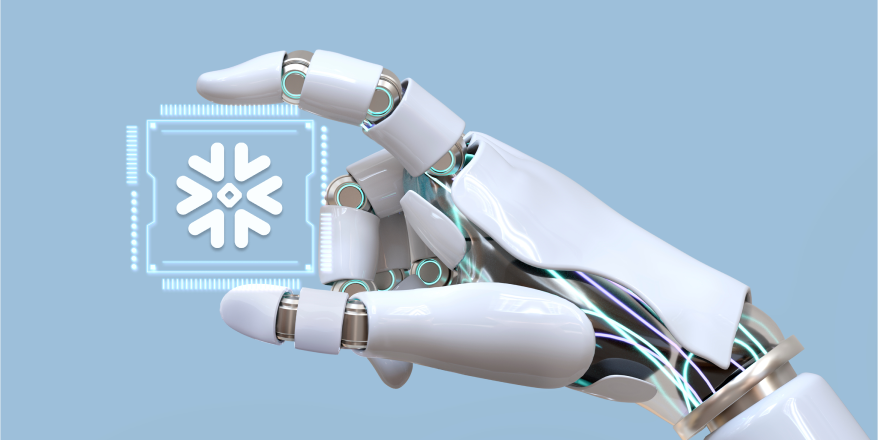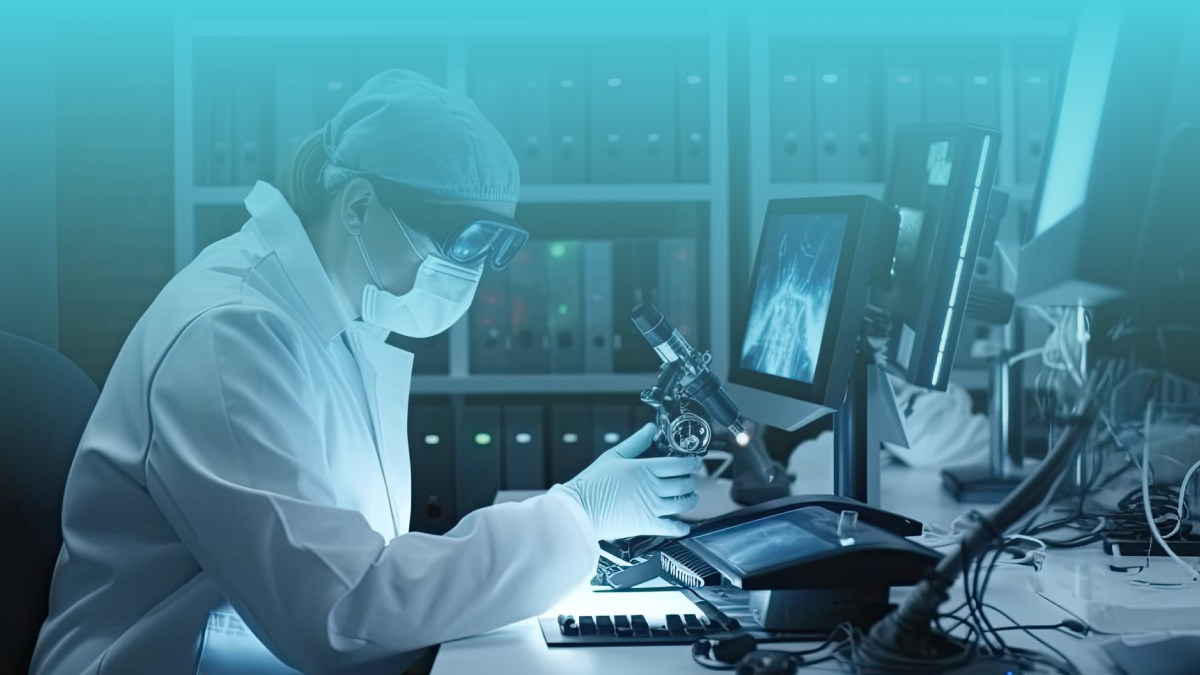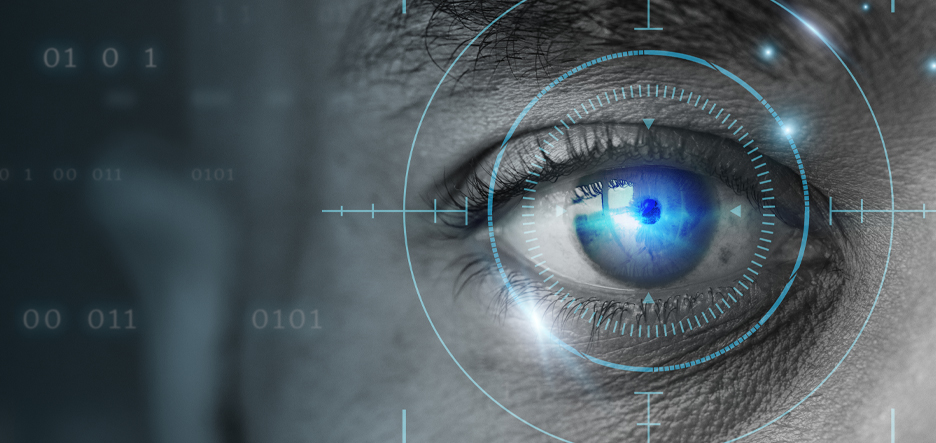
With all the other devastating events caused by the pandemic, we also have to thank it for one good thing it did: Digital transformation. Within just a few months, a generation gap worth of digital transformation was achieved. While companies are still figuring out ways to undo the harms caused by the pandemic, AI and intelligent industrial automation have emerged as key tools in helping businesses and organizations respond to the need to digitize business operations, and processes to make an operate-from-anywhere remotely work model feasible.
Video analytics powered by computer vision have transformed automated monitoring and security in industrial environments. Based on growth prospects, the coming years are expected to be dominated by the amalgamation or advancement of computer vision with different technologies.
Safety: Vision intelligence is already being used by many industries around the world to implement protection. Safety masks, personal protective equipment, and other regulations like social distancing have all been found to be anomalies detected by HSE video anomaly detectors, which have been proven to be effective in automated monitoring and analysis. Better years are in store for HSE initiatives if AI and computer vision solutions of this quality are adopted.
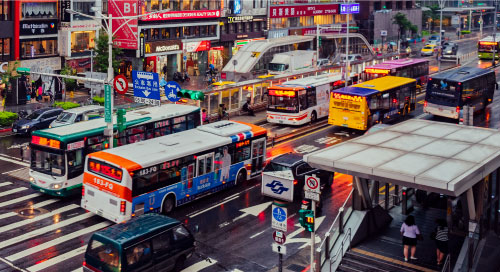
Quality Inspection: Vision Intelligence solutions have proven far superior to traditional human inspection methods and machine vision applications based on rules. In India, one of the largest electronics manufacturers has adopted the technology to automate monitoring and detection of PCB manufacturing. Using high-quality image data of printed circuit boards (PCBs), 20+ anomalies and defects are checked. The use of computer vision in other industries such as food, automobiles, and steel is also increasing. Due to the accuracy, flexibility, and low cost of AI and Computer Vision-based inspections, coming years will be crucial for industrial leaders who want to achieve perfect quality.
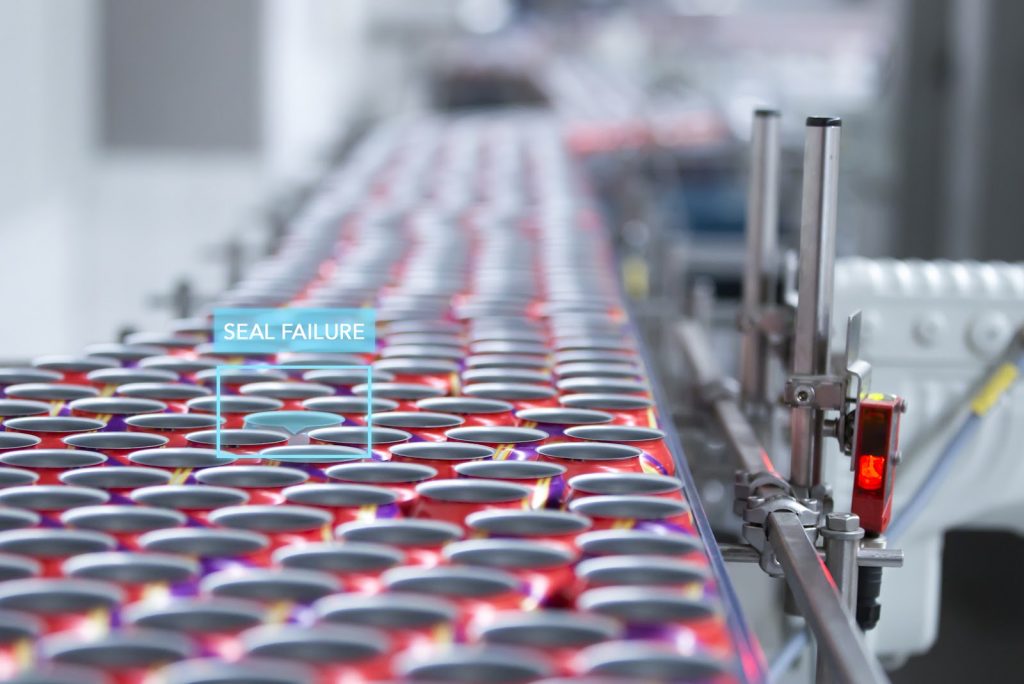
NDT: Images taken through Augmented non-destructive testing Computer Vision solutions are used to detect defects and mark the area of interest with a heightened likelihood of defined defects/anomalies. Metal surface defects (e.g., welding defects) are invisible to the human eye but can be detected by automated vision-based inspection. These assessments, studies, and experiments will be made easier in the future by computer vision and deep learning technologies that have advanced implications.
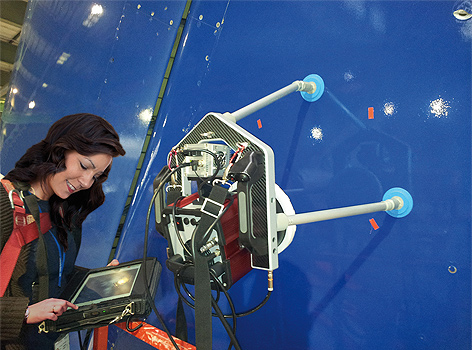
Real-time vision analysis: Edge computing advances are solving network accessibility and latency problems. Improving real-time response in computer vision has allowed the system to only send relevant insights to the cloud for further analysis. On edge, the software can automate cycle time monitoring of labor-intensive processes in one industrial application. Anomalies are detected in near real-time using these solutions, which connect to multiple cameras or VMSs (Video Management Systems). All cycle time data is automatically recorded across the entire operation, giving you a complete picture of the team’s productivity level. In addition to saving hours of human labour by eliminating the need for manual cycle time monitoring, Video Analytics also optimizes production by identifying bottlenecks in real-time. Business needs for faster and real-time insights will be met by video analytics software on edge. As a result of computer vision-based software, any camera can be dynamically converted to an AI model at any time.

Triangulation with Sensor Data: Through intuitive control interfaces, decisive edge computing, and efficient closed-loop information exchanges, new technological advancements are improving the integration of sensor and vision data. Advanced perimeter monitoring systems triangulate data from multiple sources (sensor data, video feeds, and drone imagery) to provide real-time insights. These features include intrusion detection, unidentified object detection, vehicle detection, and access control for authorized users due to the integration. Researchers will explore advanced capabilities to integrate experimental physics and machine learning-based models to correlate vision and sensor anomalies and generate actionable insights. The focus will be on developing such frameworks, which can incorporate asset monitoring and diagnostics data with video insights.

Closed Loop solutions: In the last decade, vision-based closed-loop solutions have advanced tremendously. Facial recognition is a straightforward example of automated user access control. In the development of various stages of crewless cars, vision-based management has reached a mature stage. A vision system can control a vehicle’s movements in real-time when familiar sources of accurate position/orientation data are unavailable. Several closed-loop vision systems will be developed for industrial use cases. These systems will do much more than detect and recommend. As a result, the process will be optimized, and the system will be able to control process parameters without the operator’s involvement.
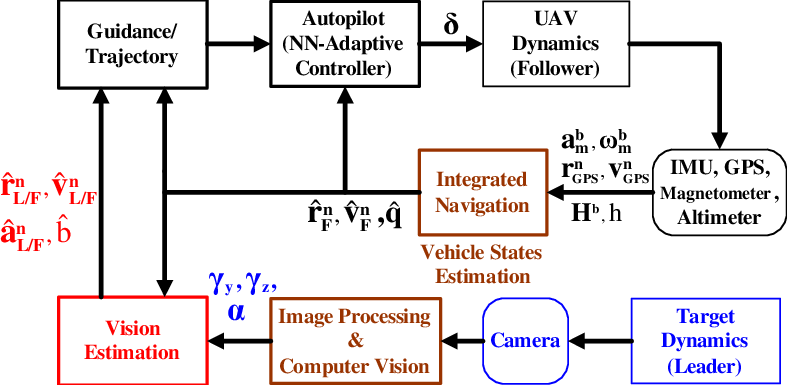
Auto-annotation and training: Computer vision platforms are being developed to help AI teams automate data labeling and prepare for the future by automating data labeling. AI reduces errors and speeds up data transmission. Image and video annotation will be fully automated, withuch automated training workflows enhancing the quality and fuel data pipelines for faster activation of computer vision applications.
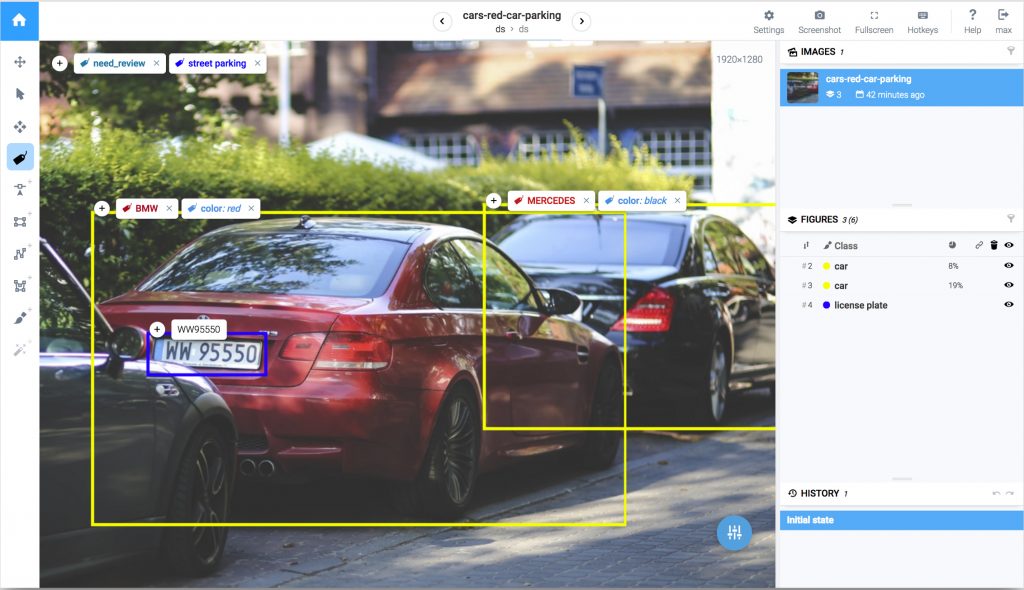
Gartner says, “The global computer vision market size was valued at USD 10.6 billion in 2019 and is expected to grow at a compound annual growth rate (CAGR) of 7.6% from 2020 to 2027.”
After COVID, Vision Intelligence will play a key role in industrial applications. We expect the market to grow exponentially as a result of the spike in digital transformation adoption, the acute need for advanced automation in the manufacturing industry, the surge in demand for vision-guided quality inspection systems, and the increase in government initiatives to improve safety.
